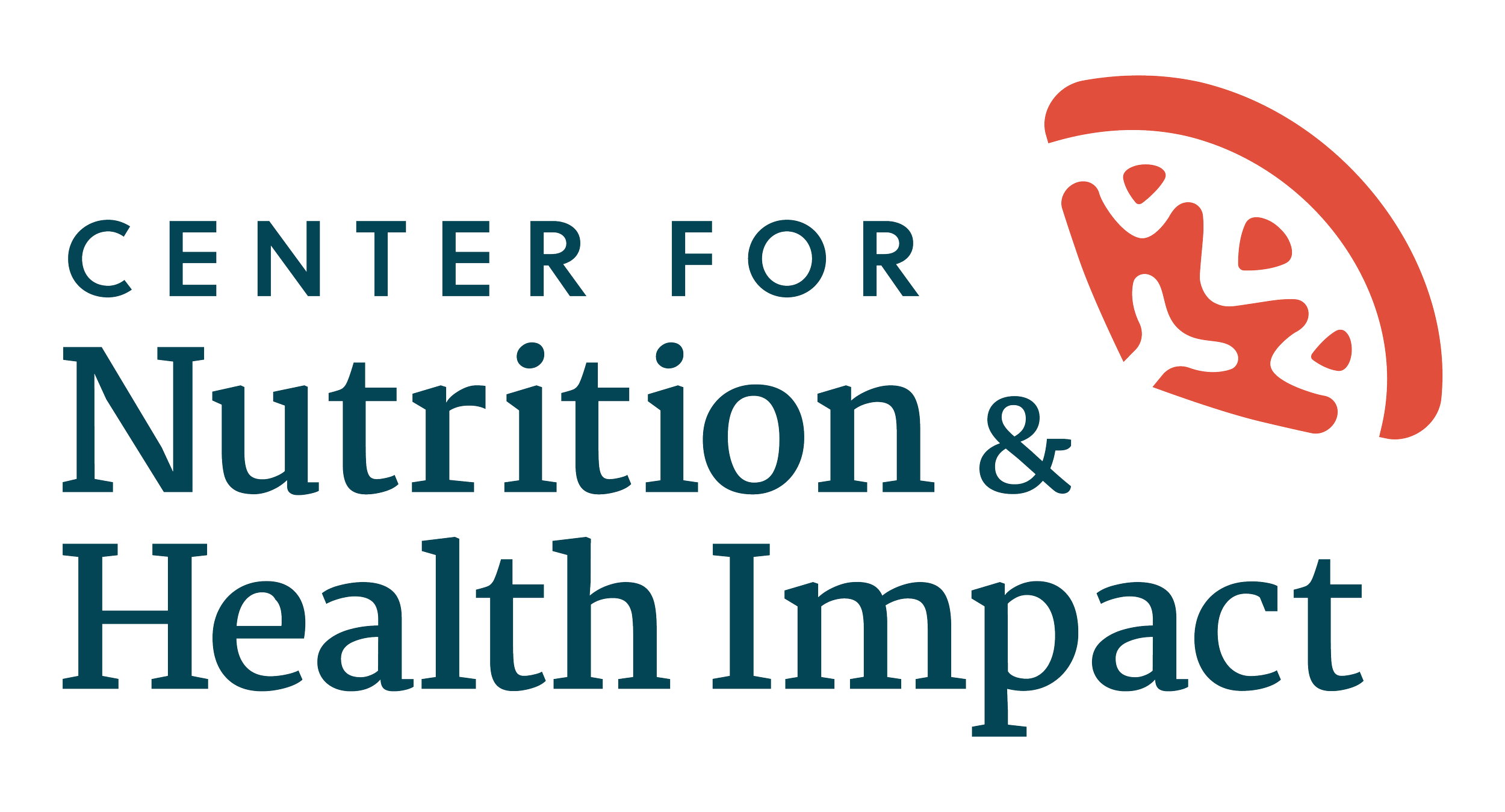------- + -------
Implementation Strategies Applied in
Communities (ISAC) Compilation
The following resources were developed to support community-based researchers and practitioners who conduct participatory research on or implement primary cancer control evidence-based interventions (physical activity, nutrition, and tobacco prevention). The resources describe implementation strategies, which are designed to improve intervention adoption, implementation, and maintenance. Resources were developed through a qualitative study with researchers and practitioners representing diverse community settings. You can read the full manuscript by clicking the button below.
How to use the ISAC compilation resources
For researchers
The ISAC manuscript includes details on ISAC Match, a four-step process for selecting and tailoring implementation strategies in community settings.
For public health practitioners
When conducting research is not the goal, we recommend a condensed version of ISAC Match.
Review available information (both peer-reviewed literature, if available, and grey literature) on integration of the evidence-based intervention of interest. If little is found, use informal processes such as facilitated discussions to understand potential implementation barriers and facilitators or potential implementation outcomes (reach, effectiveness, adoption, implementation, maintenance from the RE-AIM framework) that may prove challenging.
Review existing materials and hold another facilitated discussion to determine which resources and supports are already in place.
Use the ISAC guidance tools to select potential implementation strategies, either by barrier level or outcome of the RE-AIM framework. See below for resources you can download.
Tailor potential strategies to fit in the unique setting, considering who will oversee them, the personnel and actions they are designed to influence, and when and how often they will be used.
A tool to select relevant implementation strategies to
overcome barriers related to each
level of influence: individuals, innovation, inner setting, outer setting/external environment, and implementation process.
A tool to select relevant implementation strategies to
overcome barriers related to
RE-AIM framework dimensions.
The list of the 40 implementation strategies used in community settings, with definitions and examples.
For more information, contact Laura Balis, PhD.
This work was supported by the National Institutes of Health, National Cancer Institute, Consortium for Cancer Implementation Science, project 172721.0.009.01.001.





